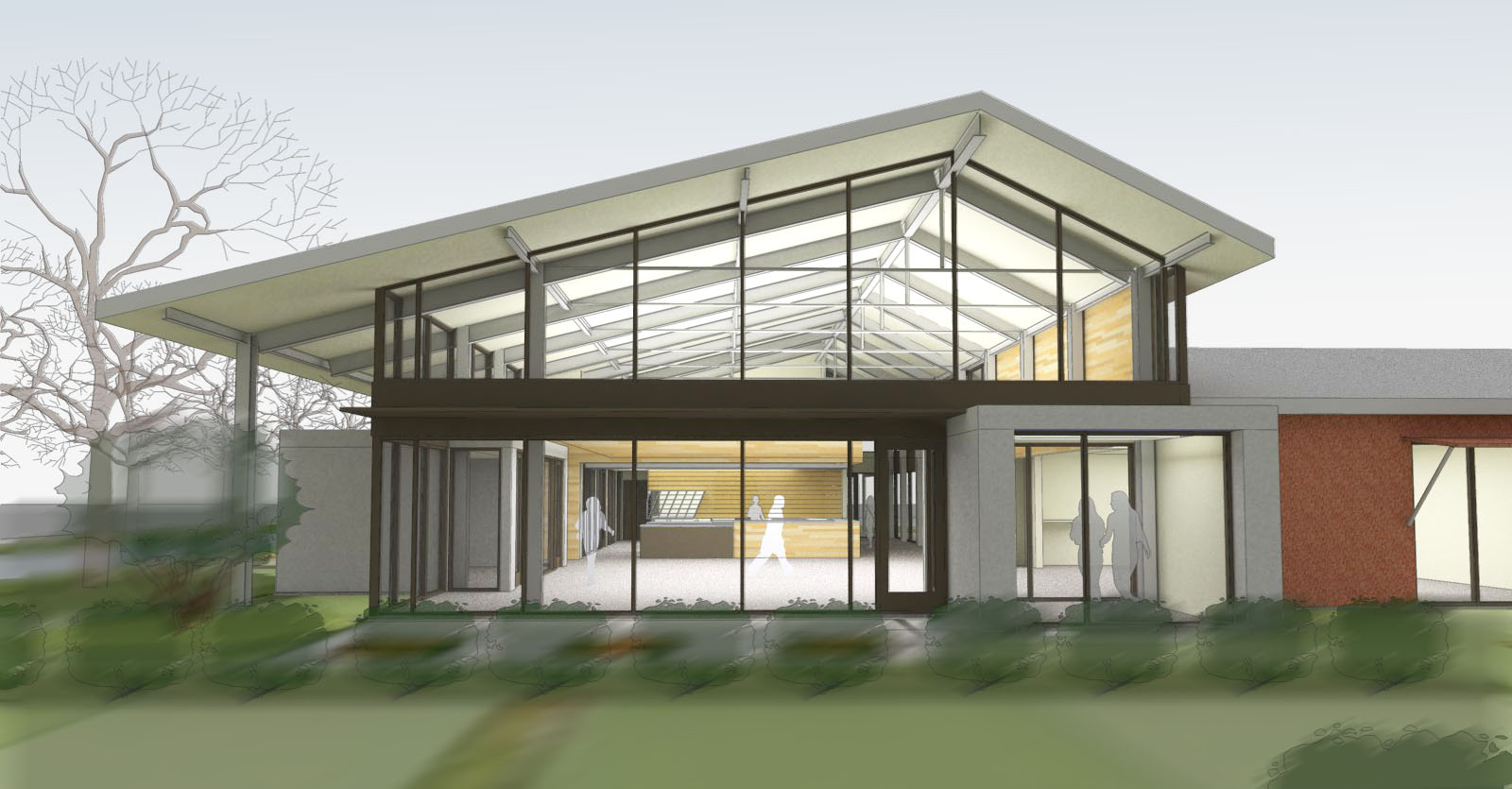
On Friday November 2nd, the Los Angeles Times ran a story written by Lee Romney highlighting the many issues confronting rural Community Colleges: Rural Community Colleges Face Distinct Challenges. Featuring long-time TLCD client Mendocino College, the article also includes a photo gallery with a number of images of life on the College’s Ukiah campus. Describing the role of Mendocino College in the communities it serves, the article discusses the coming changes that may impact both its role in those communities and the courses and services it can offer its students. Highlighting TLCD’s recently completed Library and Learning Center as an indication of the kind of investment the District has made to provide first-class facilities for its student population, the community’s strong support for the College is demonstrated by the resources residents have committed to this district.
Rural community colleges operate within a particular set of constraints. With smaller student populations spread over geographically large regions, the ability to deliver educational services can in part be related to student’s access to facilities. We have seen through our work with Yuba College on their Student Center in Clearlake as well as our ongoing projects with Mendocino College for their Lake Center and the Willits Center campuses, how the strategic addition of satellite facilities can greatly expand a community colleges’ ability to serve their students and their communities by improving student’s access. Encompassing classrooms, computer resource facilities, small libraries/ learning centers, and faculty offices, satellite campuses can provide access to college facilities without the need to travel to the main campus.
Development of the support infrastructure including production facilities and purpose-designed distance education classrooms for implementation of technologies such as Yuba College’s eLearning and Mendocino College’s Distance Education programs can further serve to broaden access to educational opportunities available to rural community college students.

The physical form chosen reflects absolute unity with absolute diversity, a great statement for any college to aspire to. Nice work.